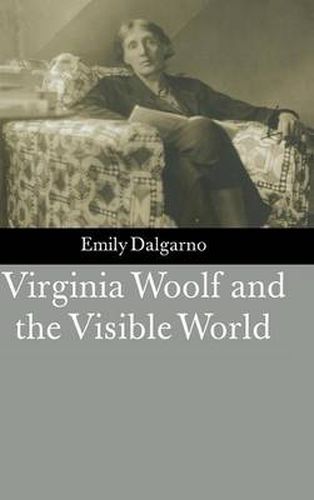Readings Newsletter
Become a Readings Member to make your shopping experience even easier.
Sign in or sign up for free!
You’re not far away from qualifying for FREE standard shipping within Australia
You’ve qualified for FREE standard shipping within Australia
The cart is loading…






In Virginia Woolf and the Visible World, Emily Dalgarno examines Woolf’s engagement with notions of the subject and codes of the visible. Dalgarno examines how Woolf’s writing engages with visible and non-visible realms of experience, and draws on ideas from the diverse fields of psychoanalytic theory, classical Greek tragedy, astronomy, photography and photojournalism. The solar eclipse of 1927 marks a dividing line in Woolf’s career, after which she portrayed the visible world in terms of light, and shifted her interest from painting to photography. Dalgarno offers textual analyses of Woolf’s individual works, including To the Lighthouse, The Waves and Three Guineas, arguing for the importance of her ongoing interest in Greek translation. In later chapters, she explores the theory of the subject that emerges from Woolf’s representation of the visible in her autobiography.
$9.00 standard shipping within Australia
FREE standard shipping within Australia for orders over $100.00
Express & International shipping calculated at checkout
In Virginia Woolf and the Visible World, Emily Dalgarno examines Woolf’s engagement with notions of the subject and codes of the visible. Dalgarno examines how Woolf’s writing engages with visible and non-visible realms of experience, and draws on ideas from the diverse fields of psychoanalytic theory, classical Greek tragedy, astronomy, photography and photojournalism. The solar eclipse of 1927 marks a dividing line in Woolf’s career, after which she portrayed the visible world in terms of light, and shifted her interest from painting to photography. Dalgarno offers textual analyses of Woolf’s individual works, including To the Lighthouse, The Waves and Three Guineas, arguing for the importance of her ongoing interest in Greek translation. In later chapters, she explores the theory of the subject that emerges from Woolf’s representation of the visible in her autobiography.